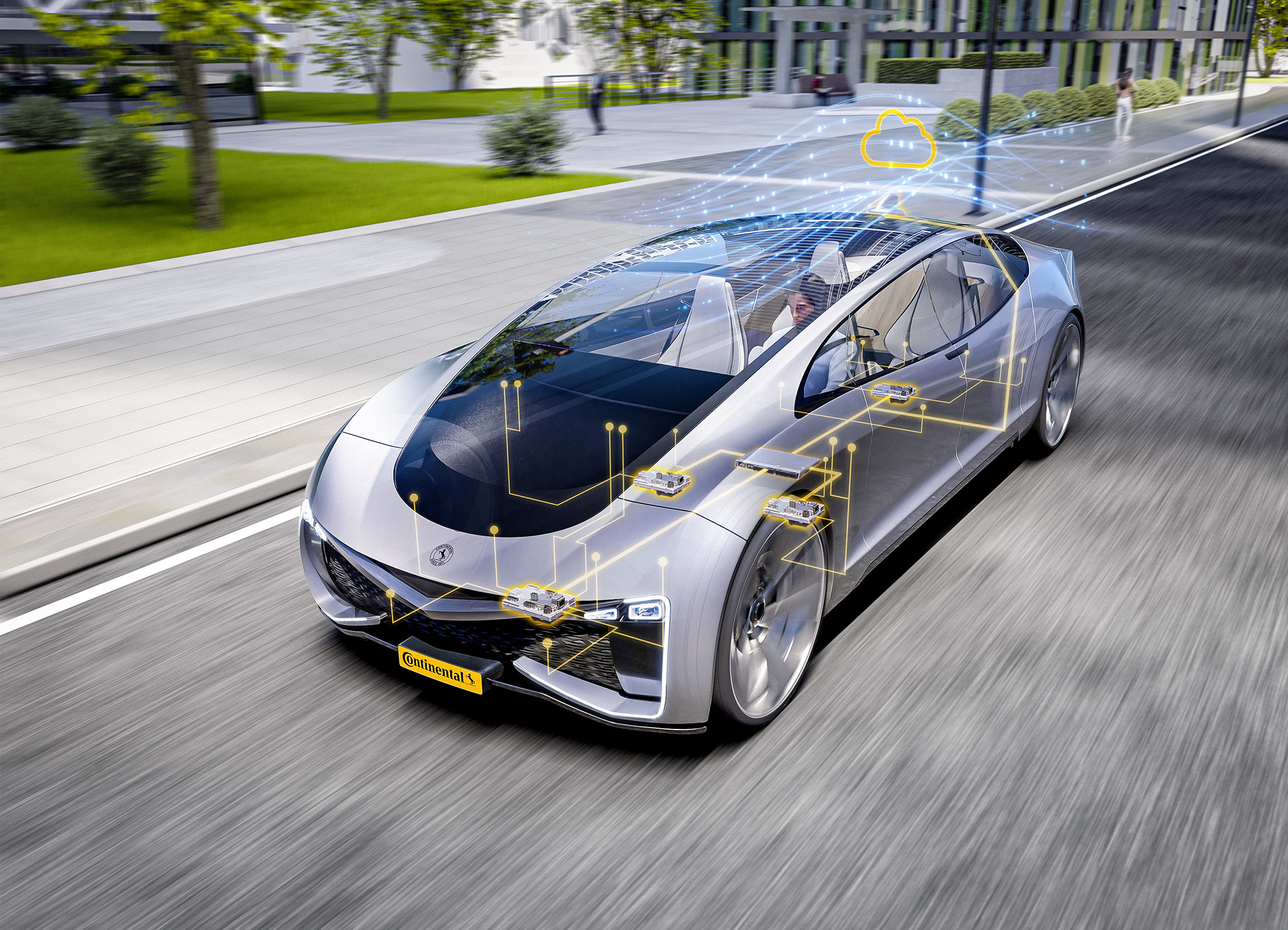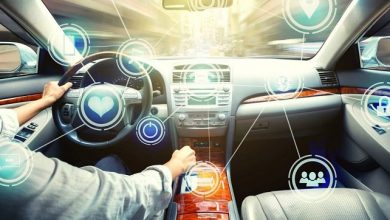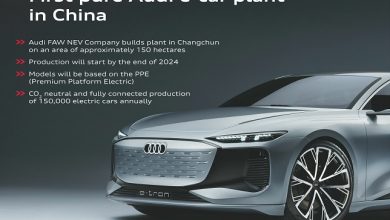Data on Wheels: Why high-capacity storage is essential for modern cars

According to a report by Market Data Forecast, the connected car opportunity in India will grow as big as USD 32.5 billion by 2026. Applications such as high-definition 3D maps, ADAS, autonomous computers, enhanced infotainment, over-the-air (OTA) updates, and vehicle-to-everything (V2X) technology, where X could be another vehicle or roadside infrastructure, are becoming some of the top differentiators for auto companies.
As the automotive industry enables more connected features, the demand for storage will continue to rise. As per a Western Digital estimate, the lines of software code in automobiles have already outstripped the amount of code in fighter jets, laptops, and social media sites, and are expected to continue to grow dramatically. As a result, cars are becoming data centers on wheels and storage cannot be an afterthought anymore.
Additionally, connected cars often require high-capacity storage solutions to handle the large amounts of data generated and processed by their advanced systems. This includes storing data related to vehicle performance, navigation, entertainment systems, driver behaviour, and more. With the advent of autonomous driving technology, the need for large storage capacity becomes even more critical to handle the massive amounts of data generated by various sensors and cameras used for real-time decision-making. As a result, suppliers and manufacturers of connected cars are constantly seeking new and innovative storage solutions to keep up with the growing demand for data storage and processing capabilities in modern vehicles.
Here are some high-end features in connected cars that would require significant data storage:
- Dashboard recorders: Dashcams are an essential source of accident information for the police and insurance companies, particularly in places with limited CCTV coverage. Dashcams are designed to continuously record video while a vehicle is in operation, so they can generate a lot of data over time.
- Telematics and over-the-air: Software and firmware updates are delivered over the air, without the need for physical access to the device or vehicle being updated. This can include updates to a vehicle’s infotainment system, navigation system, or other electronic systems.
- V2V/V2I communications: The Vehicle-to-Vehicle (V2V) and Vehicle-to-Infrastructure (V2I) communications that power autonomous driving is a crucial piece of technology that is essential in ensuring the prevention of accidents and a safe driving experience.
The amount of data generated by V2V/V2I communications can prove to be a lot, especially in high-traffic areas with many vehicles transmitting data simultaneously.
- Navigation and infotainment features are now capable of controlling everything from mobile communications to vehicle setup and 3D navigation, which can require a significant amount of storage to cache and buffer.
As cars adapt to evolving infrastructures, they need even more storage to support applications inside and outside the car. This has put the evolution of storage in the spotlight. Despite extreme circumstances such as the weather, climate, or road surface, an automobile’s dashboard, and safety systems must function properly. Additionally, certain data in the connected car is only maintained for a brief period of time, whereas other data must be kept for days, months, or even years. As a result, different storage interfaces, performance levels, and endurance levels including removable SDTM cards and BGA packaged e.MMC, UFS, and NVMeTM drives are therefore required. With all of these considerations, don’t let storage be an afterthought.
(Attributed to Mr. Jaganathan Chelliah, Senior Director – Marketing, India & Middle East and Africa, Western Digital)




